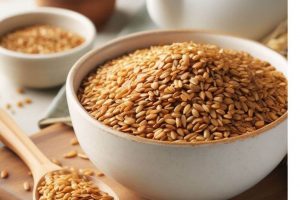What are the best Wheat Berry substitutes?
Do you need a substitute for wheat berries? In today’s health-conscious world, many people are opting for a gluten-free lifestyle. And if you’re one of them, you know that finding suitable substitutes for wheat berries can be quite a challenge. So, we have done the legwork for you and have unearthed the best wheat berry substitutes that not only tick the gluten-free box but also pack a nutritional punch. These alternatives are great for those with gluten intolerances or celiac disease, and they are a good choice for anyone looking to incorporate more variety into their diet. Each substitute comes with its own unique flavor and texture, making your meals diverse and exciting. Whether you are going to whip up a delicious salad, hearty soup, or mouthwatering baked goods, these wheat berry substitutes will not disappoint. So say goodbye to gluten and hello to a healthier, grainy delight.
Try using: Farro, Barley, Quinoa, Freekah, Bulgur, Spelt, Brown Rice, Sorghum, Oats or Couscous.
What are Wheat Berries?
Wheat berries are a fantastic addition to your culinary repertoire if you’re exploring alternative and wholesome ingredients for your food blog. These are the whole, unprocessed kernels of wheat. They contain the bran, germ, and endosperm, making them a nutritional powerhouse. You can use them in a variety of dishes, from salads to soups, or even ground into whole wheat flour for baking. They have a delightful nutty flavor and a satisfying, chewy texture. Wheat berries are packed with fiber, protein, and essential nutrients, making them a great substitute for rice or quinoa in many recipes.
Okay, before we look at your wheat berry substitute options, let’s deal with that empty cupboard situation!
Where can I buy Wheat Berries?
If you want to be more prepared and ensure you don’t run out of wheat berries, then you should stock up now.
Wheat Berries may be a little difficult to find in general supermarkets, so instead we have provided an on-line link for you. So why not jump on and place your order today.
STOCK UP NOW!
Hard Red Winter Wheat Berries are oacked with fiber, protein and essential nutrients. Gently cook for 60 minutes and enjoy their delicious nutty flavor, and cheqy texure.
Non-GMO Project Verified, Sustainable by the Food Alliance, Kosher Parve and Desiccant Free.
What can I substitute for Wheat Berries?
Here are some of the best ingredients to substitute the flavor and role that wheat berries provides in your recipes.
- Farro
- Barley
- Quinoa
- Freekah
- Bulgur
- Spelt
- Brown Rice
- Sorghum
- Oats
- Couscous
Wheat Berry substitutes
Farro
Farro is a nutritious and ancient grain that has gained popularity for its nutty flavor and chewy texture. It’s a fantastic substitute for wheat berries in various recipes.
You need to start by rinsing the farro, and then combine it with water or broth in a pot. Use a 2:1 liquid to farro ratio. Next, bring it to a boil, then reduce the heat and simmer for about 20-30 minutes until it’s tender but still has a slight bite.
Farro works very well in grain salads. Combine cooked farro with your favorite vegetables, herbs, and dressings for a nutritious and hearty salad. You can also add cooked farro to soups and stews to enhance their texture and flavor. It can thicken the broth and provide a satisfying, chewy element.
You can use farro as a base for pilafs. Sauté it with onions, garlic, and spices before adding liquid and cooking until tender.
And if you want a great start to your day then try it in breakfast bowls with yogurt, honey, and fresh fruit for a wholesome morning meal.
By using farro as a substitute for wheat berries in your recipes, you maintain that delightful chewy texture and add a unique nutty flavor to your dishes. It’s an excellent choice for a diverse range of culinary creations.
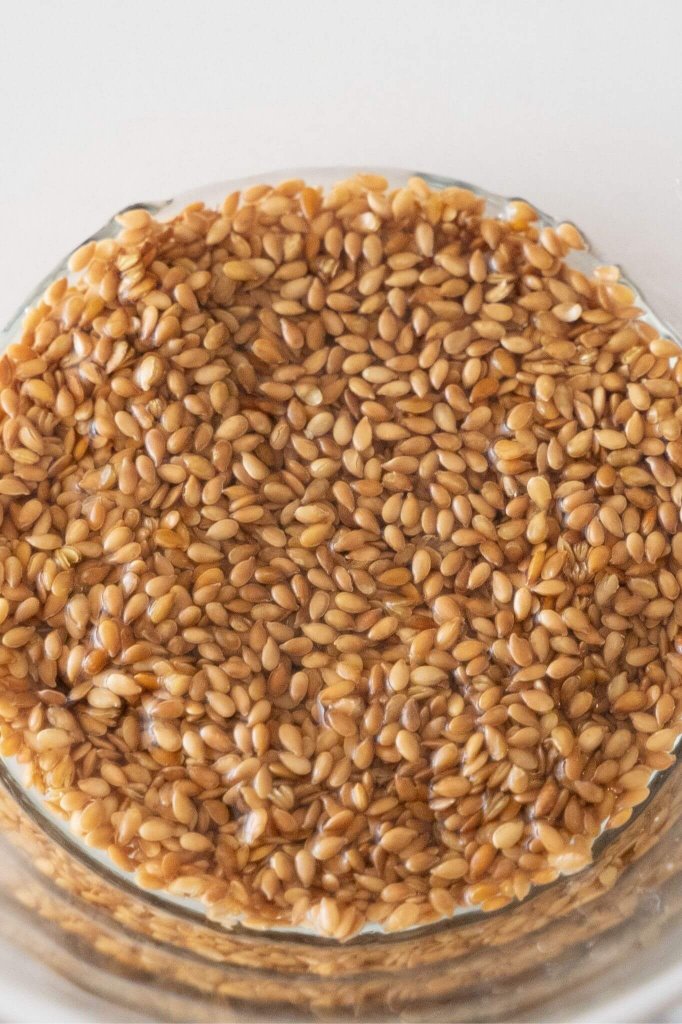
Barley
Barley is a versatile and hearty cereal grain with a slightly nutty flavor that can be a great substitute for wheat berries in your recipes.
It actually comes in two common forms – pearl barley and hulled barley. Pearl barley is more processed, with the outer hull removed, while hulled barley retains more of the bran and germ, making it a healthier choice. Both types are suitable substitutes for wheat berries.
Like wheat berries, barley needs to be cooked. For hulled barley, use a 3:1 liquid to barley ratio and simmer for about 45-60 minutes. Pearl barley cooks faster, typically in 30-40 minutes with a 2:1 liquid to barley ratio.
Barley’s slightly chewy texture makes it an excellent addition to soups and stews. It can help thicken the broth and add a hearty element to the dish.
You can use barley as the base for pilafs by sautéing it with onions, garlic, and your choice of vegetables before adding liquid and simmering until tender.
Or try adding barley in grain salads, combining it with fresh vegetables, herbs, and dressings for a satisfying and nutritious salad.
You can even substitute barley for rice in risotto recipes to create a unique and flavorful dish.
By incorporating barley as a substitute for wheat berries in your recipes, you can maintain a similar chewy texture while introducing a distinct, slightly nutty taste.
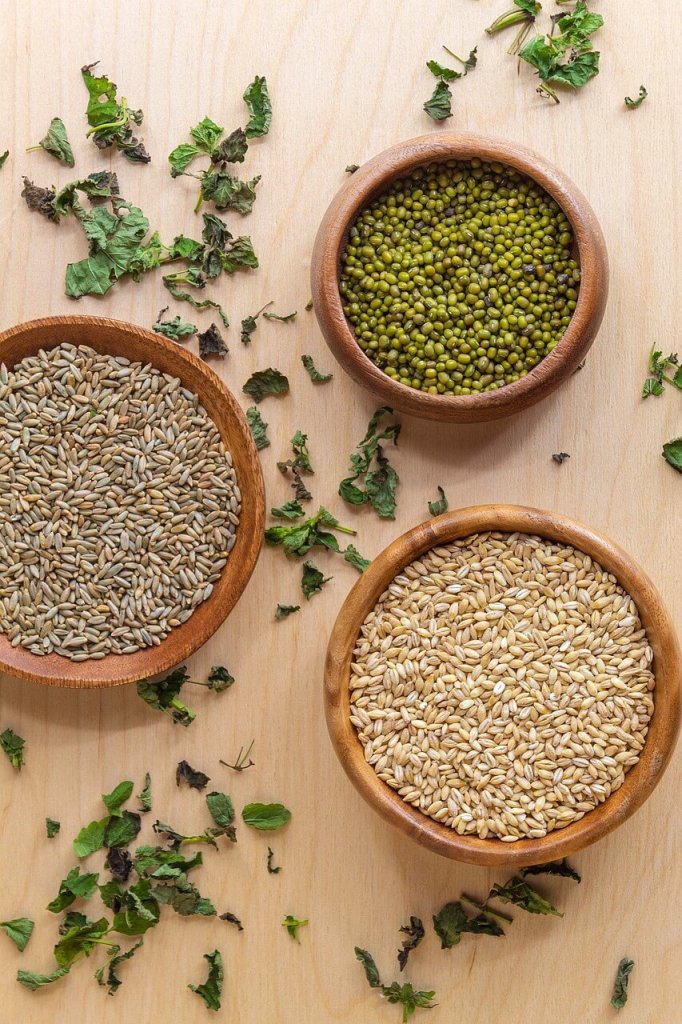
Quinoa
Quinoa, pronounced “keen-wah,” is a nutrient-rich, gluten-free grain that originates from South America. It’s a superb substitute for wheat berries in various recipes.
Quinoa is technically a seed but is often treated as a grain in cooking. It’s renowned for its high protein content and is a complete protein source, meaning it contains all nine essential amino acids. Quinoa has a mild, slightly nutty flavor and a light, fluffy texture when cooked.
Before cooking you need to rinse quinoa thoroughly to remove its natural bitter coating. Use a 2:1 liquid to quinoa ratio, bring it to a boil, then reduce the heat and simmer for about 15-20 minutes until it’s fluffy and the germ separates from the seed.
Quinoa is a popular choice in grain salads. Mix it with fresh vegetables, herbs, and your preferred dressings for a wholesome and protein-packed salad.
You can use quinoa as a base for grain bowls. Top it with roasted or sautéed vegetables, protein (such as grilled chicken or tofu), and your favorite sauce or dressing.
Or try serving quinoa as a side dish in place of wheat berries, especially alongside grilled or roasted meats or vegetables.
You can also ground quinoa into flour or use quinoa flour in baking recipes as a gluten-free alternative.
Quinoa’s unique nutritional profile, combined with its versatility, makes it a valuable substitute for wheat berries. By incorporating quinoa into your recipes, you can offer a gluten-free option while providing a protein-rich and flavorful twist to your culinary creations.
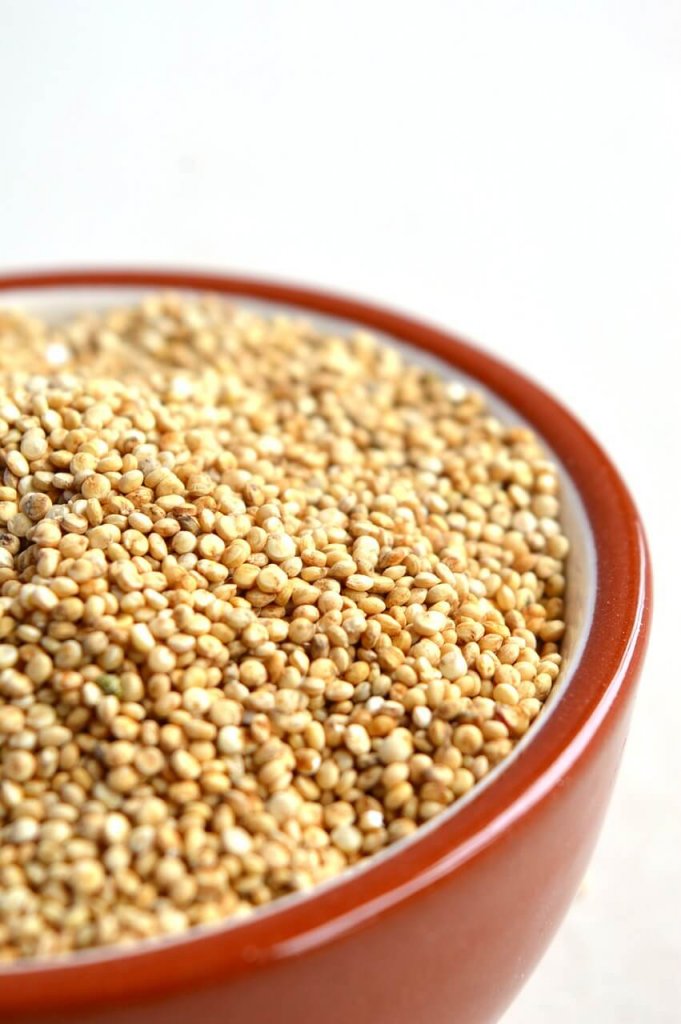
Freekah
Freekeh, also known as farik or frikeh, is a unique and ancient grain that makes an excellent substitute for wheat berries in various dishes.
Freekeh is made from green durum wheat that is harvested while still young, roasted, and then threshed. This process gives freekeh its distinct smoky flavor and chewy texture. It’s high in fiber, protein, and various nutrients, making it a nutritious choice for your recipes.
Before cooking freekeh, rinse it thoroughly to remove any excess debris. Use a 2:1 liquid to freekeh ratio, bring it to a boil, then reduce the heat and simmer for about 20-25 minutes until it’s tender and has absorbed the liquid.
Freekeh is ideal for grain salads. Combine it with a variety of fresh vegetables, herbs, and dressings for a hearty and nutritious salad.
You can also use freekeh as a base for pilafs by sautéing it with onions, garlic, and your choice of vegetables. Then slowly add the liquid and simmer until it’s cooked to your desired tenderness.
Add cooked freekeh to soups and stews to provide a smoky and chewy element. It can help thicken the broth and enhance the overall flavor.
And you can always incorporate cooked freekeh into stuffings for vegetables or meats to add a nutty and smoky twist to your dishes.
Freekeh’s unique smoky flavor and chewy texture make it an exciting substitute for wheat berries in your recipes. By exploring this ancient grain, you can offer a distinctive and nutritious twist to your dishes.
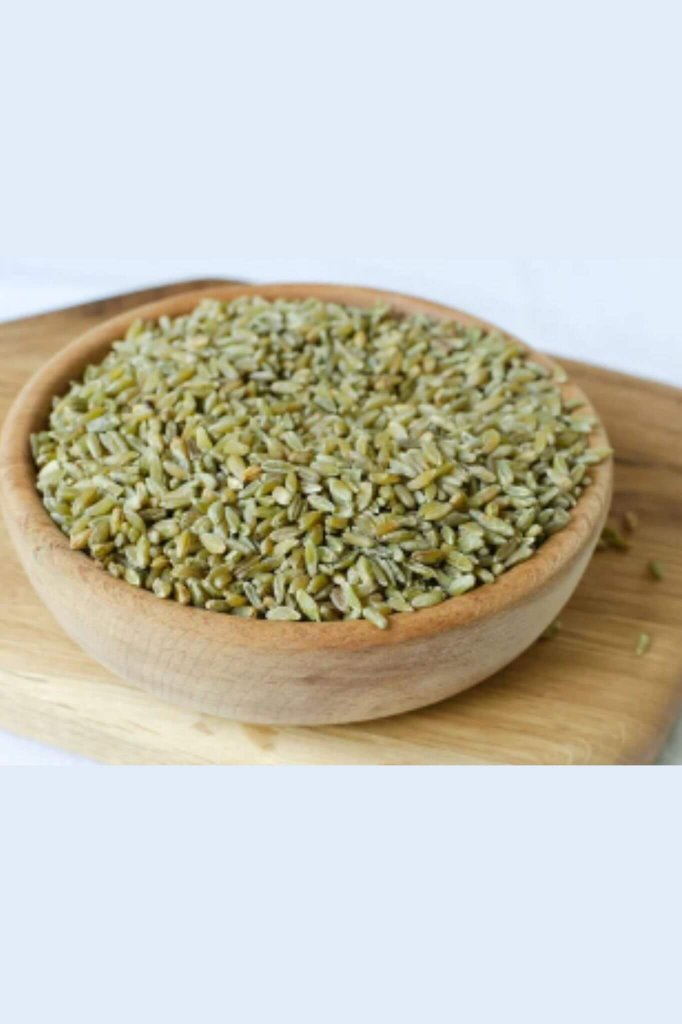
Bulgur
Bulgur is a versatile and quick-cooking grain made from cracked wheat. It’s an excellent substitute for wheat berries in various dishes.
Bulgur is made by parboiling, drying, and then cracking whole wheat kernels. It’s available in different grinds, with fine to coarse options. Bulgur is known for its fast cooking time and nutty flavor.
There’s no need to cook bulgur for a long time. Simply pour boiling water over it in a 1:1 ratio, cover, and let it sit for about 15-20 minutes, or until it’s tender. Fluff with a fork, and it’s ready to use.
Bulgur is a classic choice for tabbouleh, a Mediterranean salad. You can also use it in various other grain salads, combining it with fresh herbs, vegetables, and a zesty dressing.
You can substitute bulgur for wheat berries in stuffed vegetables like peppers, tomatoes, or zucchinis for a delightful, nutty filling.
Bulgur is a quick-cooking alternative for pilafs. Sauté it with onions and spices, add your choice of vegetables or protein, and simmer until tender.
And finally, bulgur can be added to soups and stews to provide a hearty and chewy element, much like wheat berries.
Bulgur’s speedy cooking time and pleasant nutty flavor make it a convenient and flavorful substitute for wheat berries. By incorporating bulgur into your recipes, you can offer a quicker and equally delicious alternative.
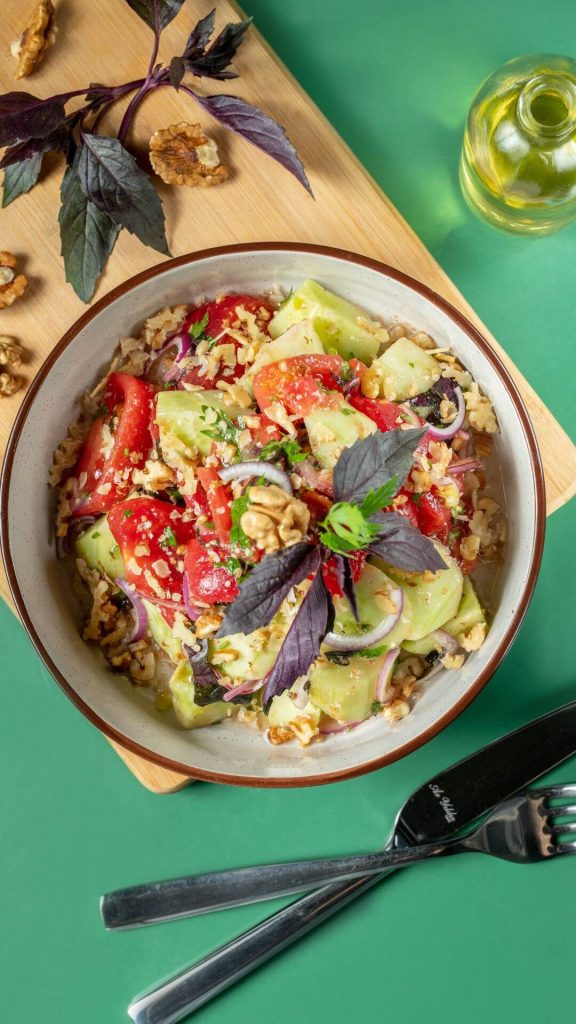
Spelt
Spelt is an ancient and nutritious grain that can be an excellent substitute for wheat berries in various recipes.
It is an ancient variety of wheat that has been cultivated for thousands of years. It has a nutty flavor and a chewy texture. Spelt contains gluten but in a different form than modern wheat, making it more tolerable for some people with wheat sensitivities.
To cook spelt, use a 3:1 liquid to spelt ratio. Bring it to a boil, then reduce the heat and simmer for about 45-60 minutes until it’s tender with a slight chewiness.
Spelt is a fantastic choice for grain salads. Combine it with fresh vegetables, herbs, and a flavorful dressing to create a hearty and nutritious salad.
Add cooked spelt to stews and soups to provide a satisfying, chewy texture. It can absorb the flavors of the dish and enhance its overall character.
Use spelt as a base for pilafs, sautéing it with onions, garlic, and your choice of vegetables before adding liquid and simmering until tender.
You can also grind spelt into flour and use it as a substitute for wheat flour in baking recipes. Spelt flour adds a nutty and wholesome dimension to your baked goods.
Spelt’s nutty flavor and chewy texture make it a delightful substitute for wheat berries. By exploring this ancient grain, you can offer a unique and nutritious twist to your cooking.
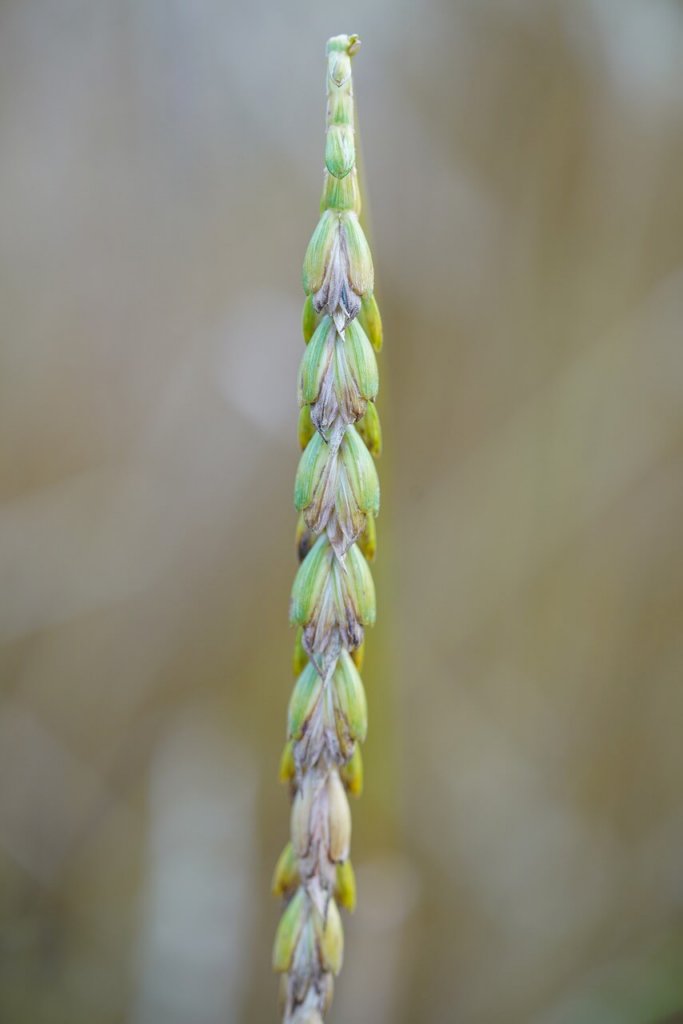
Brown Rice
Brown rice is a whole grain rice variety with the outer bran layer and germ intact, which provides its brown color and nutritional value. It can be a wholesome and gluten-free substitute for wheat berries in various recipes.
Brown rice is the whole, unrefined grain of rice. It has a nutty flavor and a chewy texture. It’s known for being more nutritious than white rice because it retains the bran and germ layers, which are removed in the processing of white rice.
To cook brown rice, use a 2:1 liquid to rice ratio. Bring it to a boil, then simmer for about 45-50 minutes, or until it’s tender and has absorbed the liquid.
Use brown rice in grain salads by combining it with fresh vegetables, herbs, and a flavorful dressing for a nutritious and gluten-free salad.
Swap wheat berries with brown rice in stir-fry recipes. The slightly chewy texture of brown rice complements the stir-fried vegetables and protein. Or serve brown rice as a side dish for roasted or grilled meats, fish, or vegetables.
Lastly, you can use brown rice as a base for grain bowls, topping it with a variety of ingredients like sautéed greens, beans, and a favorite sauce.
By incorporating brown rice as a substitute for wheat berries in your recipes, you provide a gluten-free and nutritious option. It’s a fantastic way to offer variety while maintaining the satisfying texture and nutty flavor in your food.
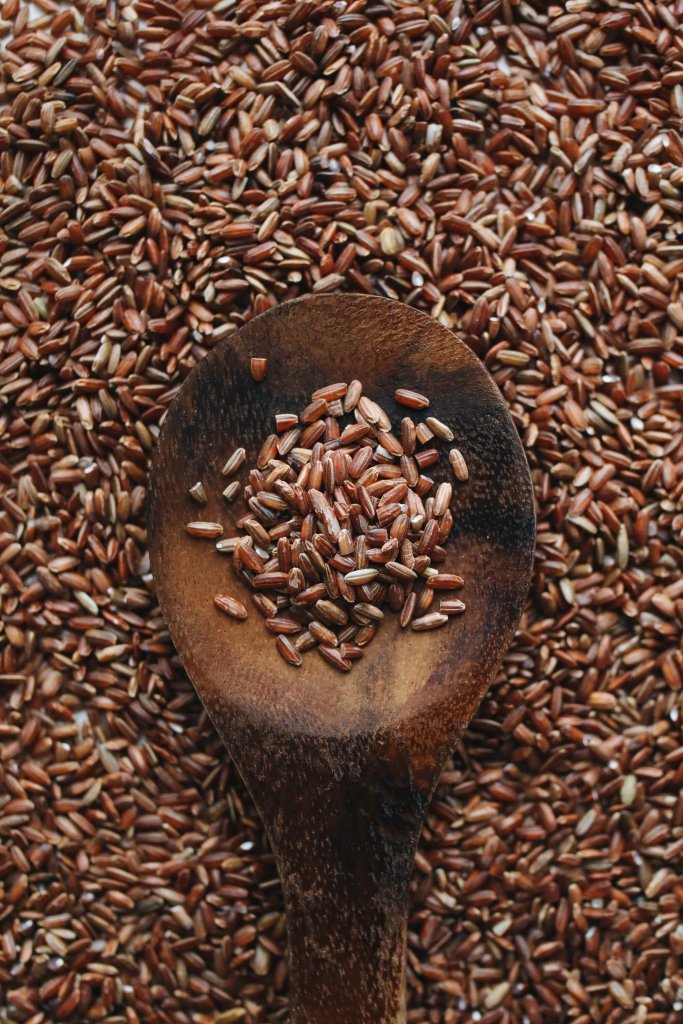
Sorghum as a substitute for Wheat Berries
Sorghum is a versatile, gluten-free grain that can be an excellent substitute for wheat berries in your recipes. It is a whole grain that grows well in arid regions. It has a mild, slightly sweet flavor and a hearty, chewy texture. It’s known for its gluten-free nature and high nutritional value, rich in fiber, protein, and antioxidants.
To cook sorghum, use a 3:1 liquid to sorghum ratio. Bring it to a boil, then reduce the heat and simmer for about 50-60 minutes until it’s tender with a satisfying chew.
Sorghum works well in grain salads. Combine it with fresh vegetables, herbs, and your preferred dressing for a nutritious and gluten-free salad.
Add cooked sorghum to stews and soups to provide a hearty, and also a chewy element. Sorghum can absorb the flavors of the dish and enhance its overall character.
Serve sorghum as a side dish, much like you would with wheat berries, accompanying roasted or grilled meats, fish, or vegetables.
You can also grind sorghum into flour and use it in gluten-free baking recipes, adding a unique taste and nutritional value.
By incorporating sorghum as a substitute for wheat berries in your recipes, you provide a gluten-free, nutritious, and versatile options. It adds a delightful chewy texture and slightly sweet flavor to your dishes.
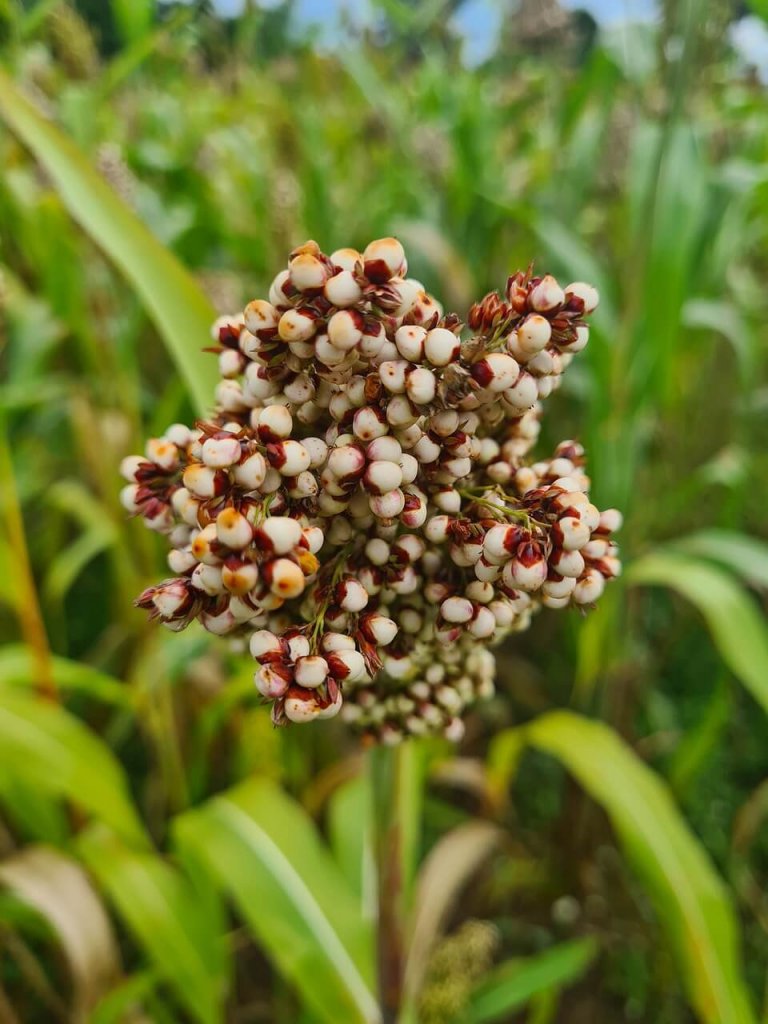
Oats as a substitute for Wheat Berries
Oats are a well-known whole grain that can be used as a substitute for wheat berries in various recipes.
They are a cereal grain that is incredibly versatile and packed with nutrition. They come in various forms, including whole oats (oat groats), steel-cut oats, rolled oats, and oat flour. Oats have a mild, nutty flavor and a satisfying, chewy texture when cooked.
Cooking times vary depending on the type of oats. Whole oats (oat groats) require the longest cooking time, while rolled oats cook quickly. To cook oats, use a 2:1 liquid to oats ratio for oat groats, and a 1:2 liquid to oats ratio for rolled oats. Simmer until they reach your desired tenderness.
You can use rolled oats in grain salads. Just combine them with fresh vegetables, herbs, and dressings for a quick and nutritious salad.
Oats are famous for oatmeal or porridge. Cook them with water or milk and add your favorite toppings, such as fruits, nuts, and sweeteners.
Use oat flour, rolled oats, and even whole oats in baking recipes for cookies, muffins, and bars, adding a delightful texture and flavor.
Or why not add oats to your smoothies for an extra boost of fiber and creaminess.
By using oats as a substitute for wheat berries in your recipes, you introduce a familiar and versatile grain with a distinct texture and taste. It’s a fantastic way to offer a comforting and nutritious twist.
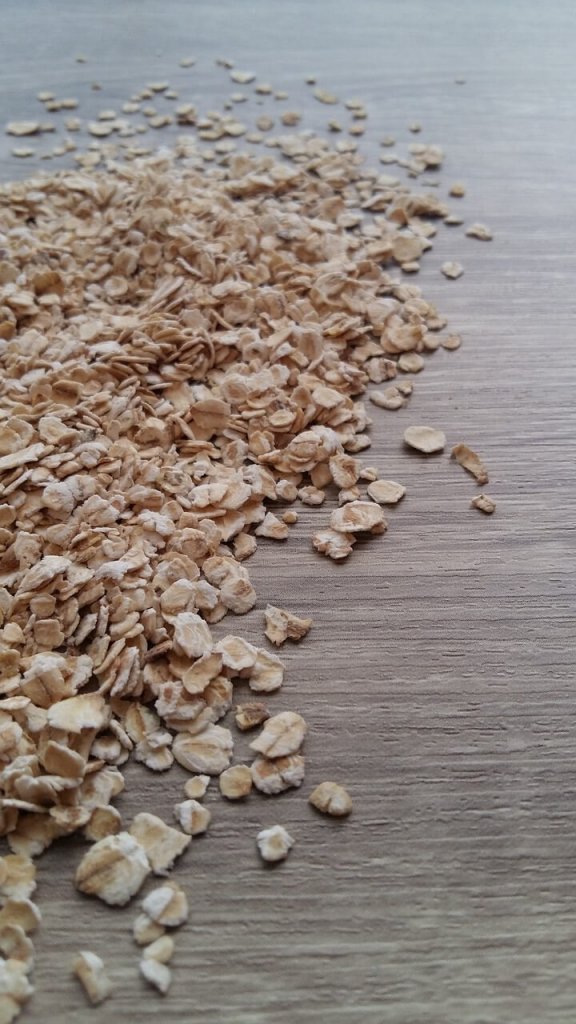
Couscous as a substitute for Wheat Berries
Couscous is a type of pasta made from crushed and steamed wheat semolina. While it is a pasta product and not a whole grain like wheat berries, it can still be used as a substitute in some dishes for its quick cooking time and light, fluffy texture.
Couscous is widely used in North African and Middle Eastern cuisines. It is available in various sizes, with the most common being instant couscous, which cooks very quickly. Couscous has a mild flavor and a slightly grainy texture.
Preparing couscous is incredibly easy. Simply bring an equal amount of boiling water or broth to couscous (e.g., 1 cup water to 1 cup couscous), cover it, and let it sit for about 5 minutes. Fluff with a fork, and it’s ready.
Couscous is a great addition to grain salads, blending well with a variety of vegetables, herbs, and dressings.
Use couscous as a base for pilafs. The easiest thing to do is sauté some onions and garlic, and then add your choice of vegetables. Then add the liquid and simmer briefly.
Serve couscous as a side dish alongside grilled or roasted meats, fish, or vegetables.
Replace wheat berries with couscous in stuffed vegetables for a lighter and quicker filling.
While couscous is not a whole grain like wheat berries, it offers a rapid cooking option with a pleasing texture. It can be a practical substitute in recipes where you want a lighter and more delicately textured dish.
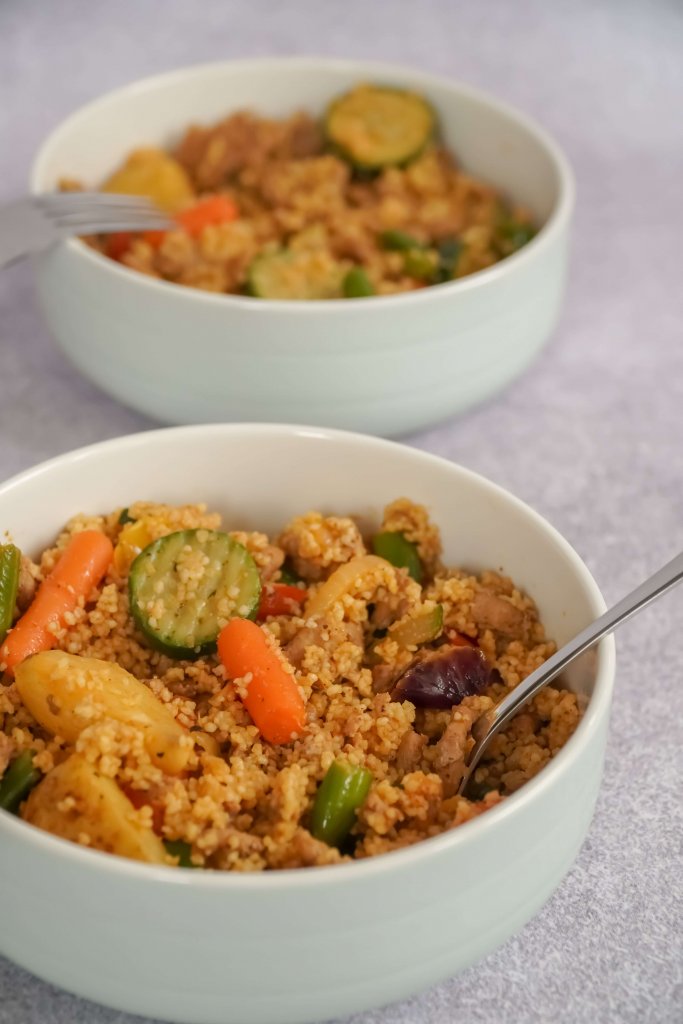
Summary for Wheat Berry substitutes
Okay – that’s you all sorted with suitable substitutes for wheat berries.
Here’s a quick summary:
- Farro: Farro is a close relative of wheat berries and has a similar chewy texture. It’s great in salads and also grain bowls.
- Barley: Use either pearl barley or hulled barley as a substitute. They have a slightly different flavor but work well in soups, stews, and pilafs.
- Quinoa: If you’re looking for a gluten-free option, quinoa is a superb choice. It’s rich in protein and works in various dishes.
- Freekeh: This is roasted young green wheat, offering a smoky flavor and nutritional benefits. It’s perfect for salads and as a side dish.
- Bulgur: Bulgur is partially cooked cracked wheat and cooks up quickly. It’s great in tabbouleh and pilaf recipes.
- Spelt: Spelt is an ancient grain with a nutty flavor and can be used in place of wheat berries in many recipes.
- Brown Rice: For gluten-free alternatives, consider using brown rice, which offers a similar chewy texture when cooked.
- Sorghum: Use sorghum as gluten-free option in various dishes, such as salads, or porridge.
- Oats: Oats have a mild, nutty flavor and a satisfying, chewy texture when cooked and can be used as a substitute in most dishes.
- Couscous: A type of pasta made from crushed and steamed wheat semolina. It is a pasta product and not a whole grain like wheat berries, but can still be used as a substitute.
We have gathered together a lot more facts on ingredients such as herbs, spices, oils, nuts, etc. if you would like to learn some more.
Or if you need to swap out another ingredient have a look at our Substitutes section.
